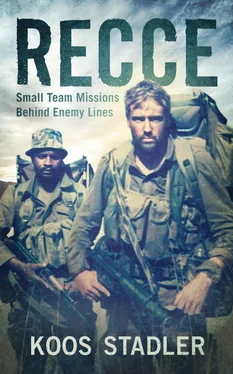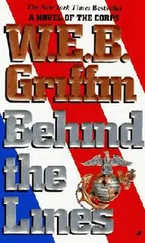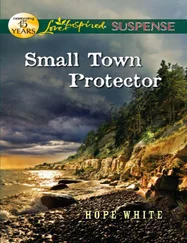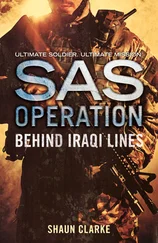Koos Stadler - Recce - Small Team Operations Behind Enemy Lines
Здесь есть возможность читать онлайн «Koos Stadler - Recce - Small Team Operations Behind Enemy Lines» весь текст электронной книги совершенно бесплатно (целиком полную версию без сокращений). В некоторых случаях можно слушать аудио, скачать через торрент в формате fb2 и присутствует краткое содержание. Город: Cape Town, Год выпуска: 2015, ISBN: 2015, Издательство: Tafelberg, Жанр: Биографии и Мемуары, military_history, на английском языке. Описание произведения, (предисловие) а так же отзывы посетителей доступны на портале библиотеки ЛибКат.
- Название:Recce: Small Team Operations Behind Enemy Lines
- Автор:
- Издательство:Tafelberg
- Жанр:
- Год:2015
- Город:Cape Town
- ISBN:978-0-624-06944-7
- Рейтинг книги:3 / 5. Голосов: 1
-
Избранное:Добавить в избранное
- Отзывы:
-
Ваша оценка:
- 60
- 1
- 2
- 3
- 4
- 5
Recce: Small Team Operations Behind Enemy Lines: краткое содержание, описание и аннотация
Предлагаем к чтению аннотацию, описание, краткое содержание или предисловие (зависит от того, что написал сам автор книги «Recce: Small Team Operations Behind Enemy Lines»). Если вы не нашли необходимую информацию о книге — напишите в комментариях, мы постараемся отыскать её.
Shortly after passing the infamously gruelling Special Forces selection course in the early 1980s, Koos Stadler joined the so-called Small Teams group at 5 Reconnaissance Regiment. This subunit was made up of two-man teams and was responsible for numerous secret and highly dangerous missions deep behind enemy lines. With only one team member, Stadler was sent to blow up railway lines and enemy fighter jets in the south of Angola. As he crawled in and out of enemy-infested territory, he stared death in the face many times.
A gripping, firsthand account that reveals the near superhuman physical and psychological powers these Special Forces operators have to display.
Recce: Small Team Operations Behind Enemy Lines — читать онлайн бесплатно полную книгу (весь текст) целиком
Ниже представлен текст книги, разбитый по страницам. Система сохранения места последней прочитанной страницы, позволяет с удобством читать онлайн бесплатно книгу «Recce: Small Team Operations Behind Enemy Lines», без необходимости каждый раз заново искать на чём Вы остановились. Поставьте закладку, и сможете в любой момент перейти на страницу, на которой закончили чтение.
Интервал:
Закладка:
In 1991 I took over command of the Training Commando from Diedies, a job I thoroughly enjoyed. Boet Swart had in the meanwhile retired and moved to Pietermaritzburg with his new wife, Sophia, a military historian and former lecturer at the Military Academy at Saldanha. One evening, while visiting them at their home, I paged through a photo album lying on a coffee table and noticed a photo of a very beautiful blonde girl who used to be a student of Sophia’s.
I was intrigued, and inquired about her. Sophia told me her name was Karien and that she was still studying at the Military Academy. Even though she was a thousand kilometres away, I wasn’t deterred. I drafted a letter, which Sophia offered to deliver. Before long Karien came to visit, and within one week of our first meeting we decided to get married – and have been so ever since!
In 1994 I was transferred to the HQ in Pretoria to oversee all Special Forces training. In 1999 and 2000 I did a brief stint at 4 Recce in Langebaan as second-in-command, but soon had to move back north as I was appointed Senior Staff Officer (SSO) Operations back at Special Forces HQ.
In 2003, after the closure of 1 Special Forces Regiment in Durban, it was decided to establish the Special Forces School as an independent and fully fledged unit at Murray Hill, north of Pretoria. I took command of the newly founded unit and established it as a nationally recognised training provider, of course with the help of a highly capable team. During that period, the Special Forces Training Cycle was accredited as a formal qualification, one of the very first in the new outcomes-based dispensation in the military.
In 2007 I was posted to the South African embassy in Saudi Arabia as Defence Attaché, an opportunity I still consider the culmination of a wonderful career, and in a sense a reward for the odd bit of hardship I had to endure in my 26-year Special Forces career!
But my small team story would not be complete if I didn’t conclude with a “final mission”. In 2010, while still stationed in Saudi Arabia, I decided to do a 200-km solo hike through the Rub’ al-Khali, the “Empty Quarter” of the Arabian Peninsula – the largest sand desert and one of the most barren areas on earth. I wanted to retrace the steps of the great adventurers of yesteryear, the likes of Wilfred Thesiger and Harry St John Philby. This time, however, it would be done on foot with the old Small Team pack.
By this time I was married and the father of five-year-old twins, so I agreed, at Karien’s prompting, to build in safety measures to increase my survival stakes. One week before the trip we drove deep into the desert and established a water cache at the halfway mark – at a place where some dilapidated infrastructure indicated that people had once lived there. At the time there was a real threat of religious fundamentalists targeting Westerners, but I took the risk of venturing alone into the desert.
On the way back from a 4X4 tour in the desert, I was dropped off with a 60-kg pack and set out on a bearing in the direction of Riyadh. I was carrying 40 kg of water, as the searing heat made one consume more than eight litres a day. To save water, I only hiked at night and in the very early hours of the morning, covering 28 km a day. On the first day I barely rested, because I soon realised that once I had put the heavy pack down I couldn’t get up again. The terrain was flat, with no vegetation, and there was nothing I could use to pull myself up. So I just stayed on my feet and rested by bending over with the pack and leaning on my hiking stick.
Later on, once I hit dune country, it became easier to stand up by taking advantage of the slope of the dune. The disadvantage of the dunes was that I couldn’t get the heavy pack up the steep incline of the leeway, the side of the dune sheltered from the wind. This was a problem especially at night, as I could not see the lay of the land and invariable found myself at the bottom of a dune I could not get across. I would then have to move back along the base of the dune to where the incline allowed me to cross.
It was tough and challenging, but in a sense the most rewarding experience of my life, as I again felt the exhilaration of mastering my old fears and becoming one with the desert around me. During the hike I relived every Small Team deployment, recalling both the hardships and joys, and buried the last of my fears in the sands.
Photo Section
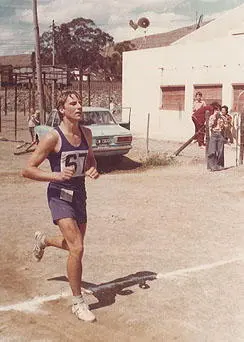
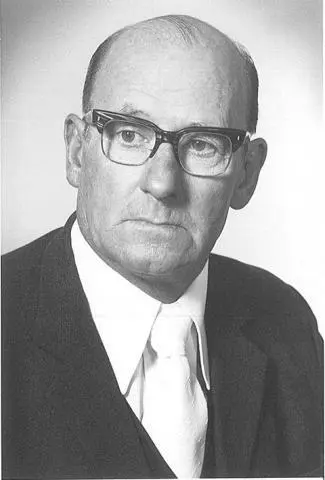
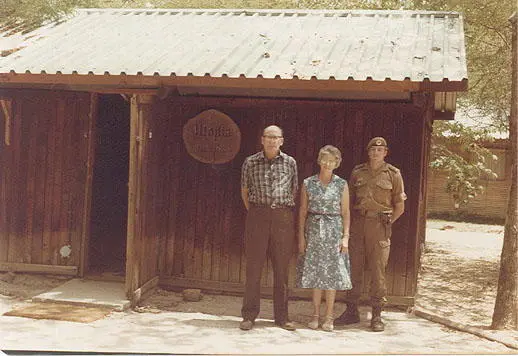
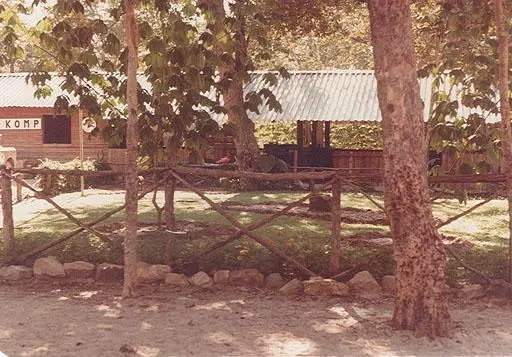
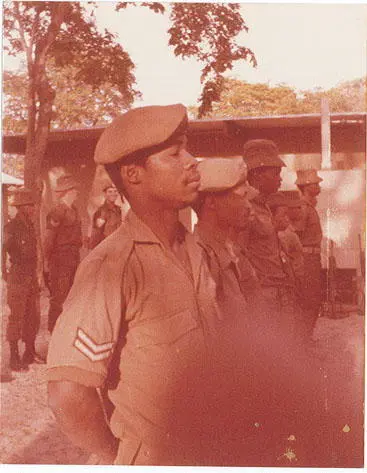
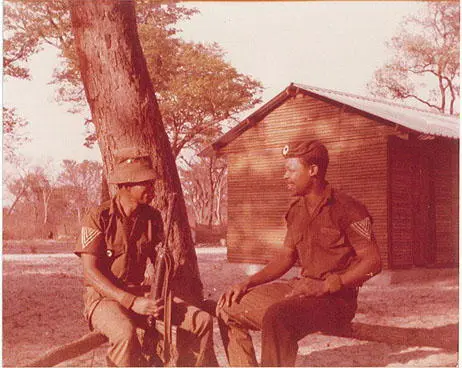
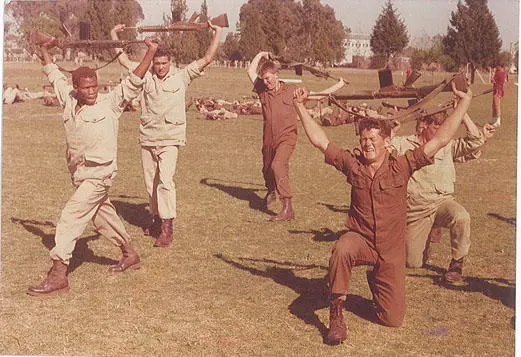
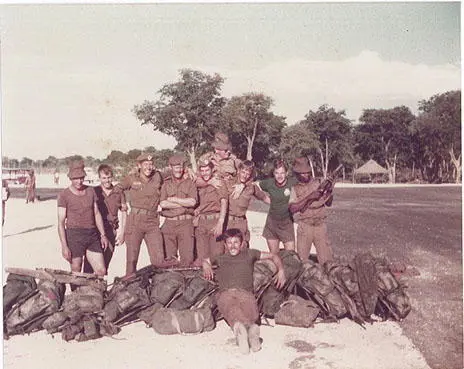
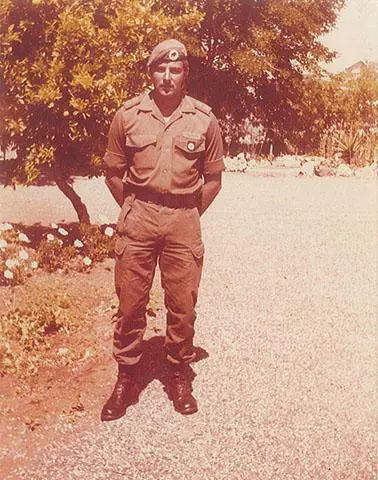
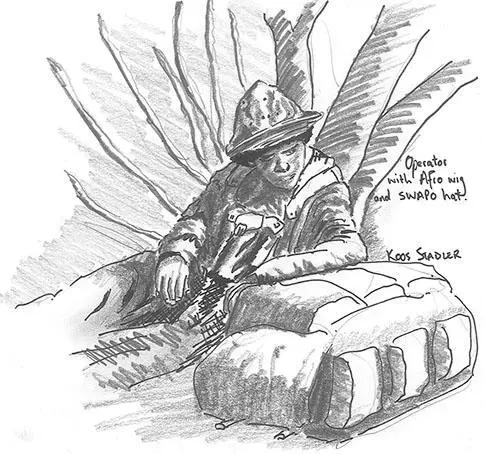

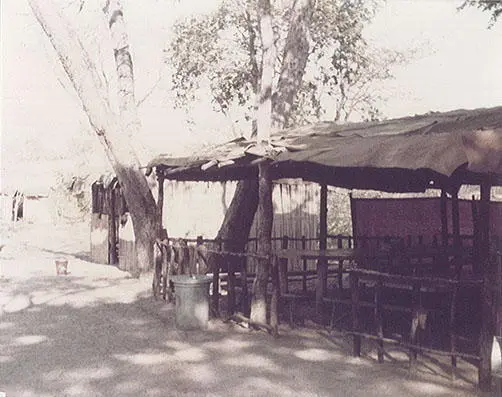
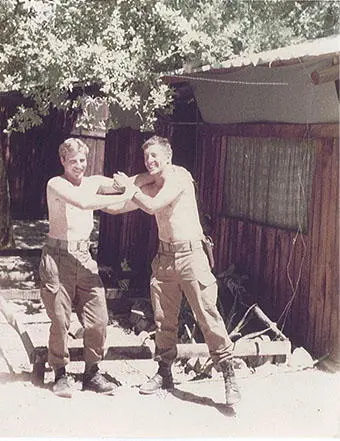
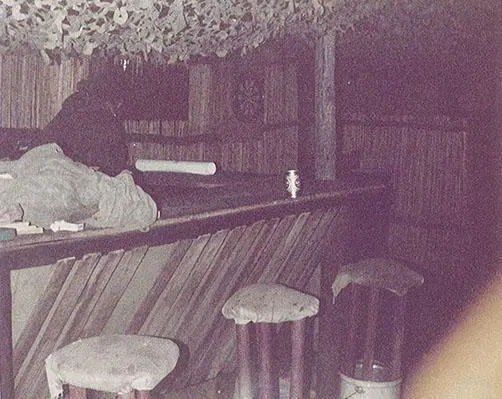
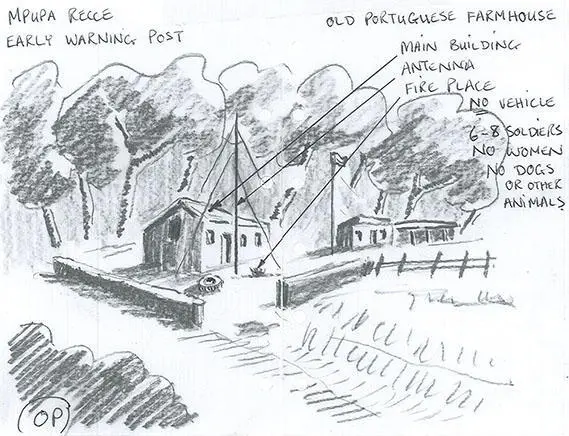
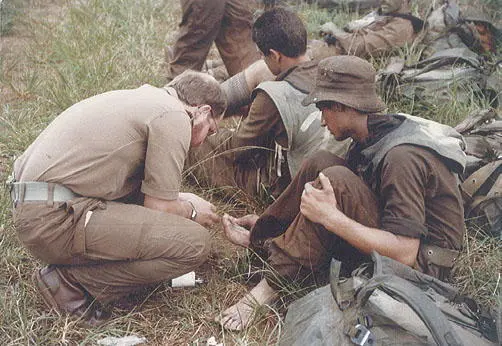

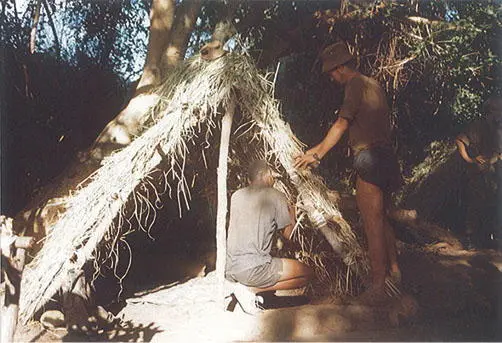
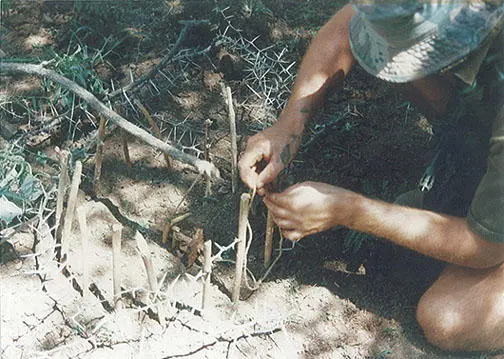
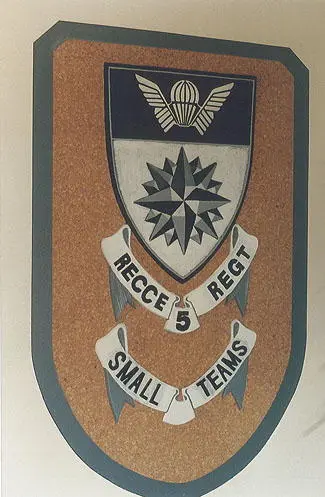


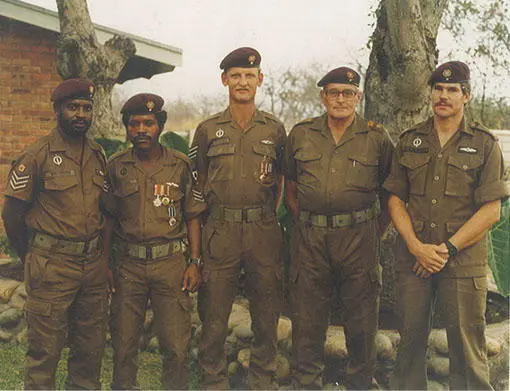
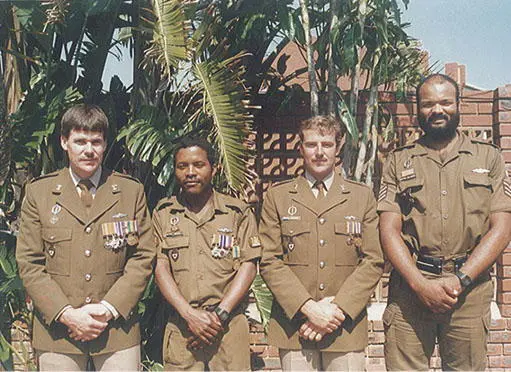
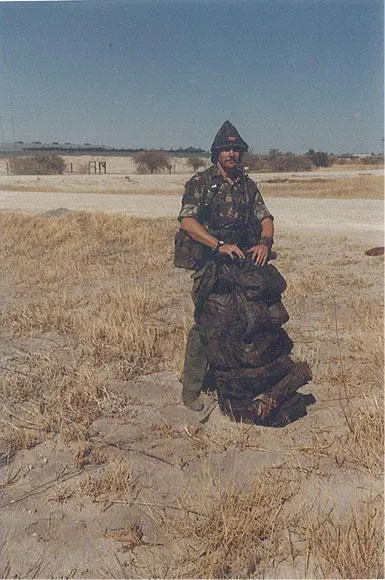
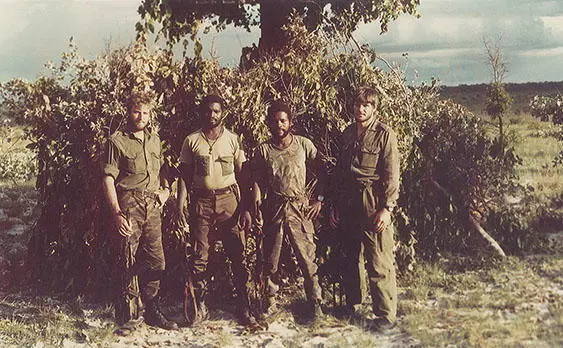

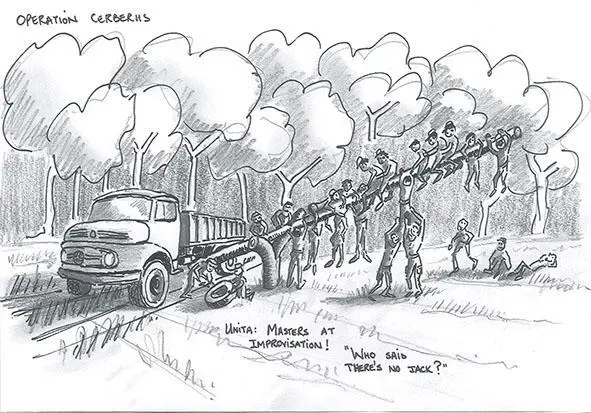
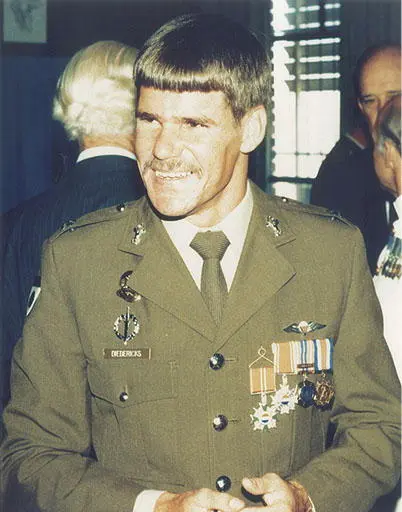
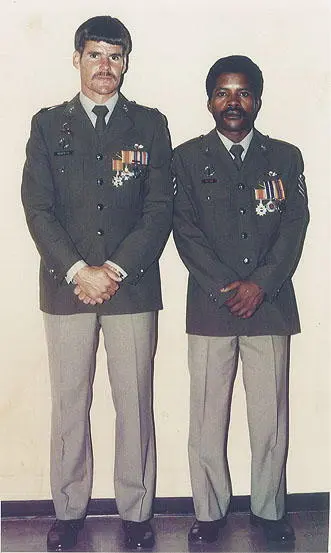
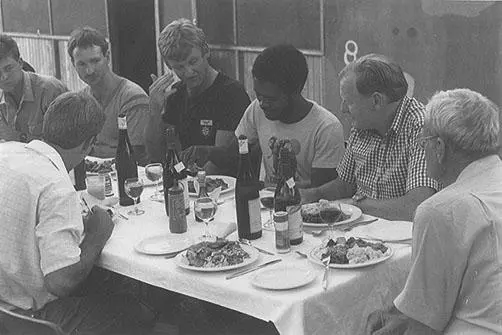
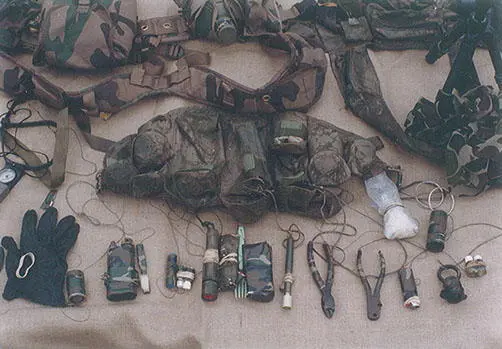


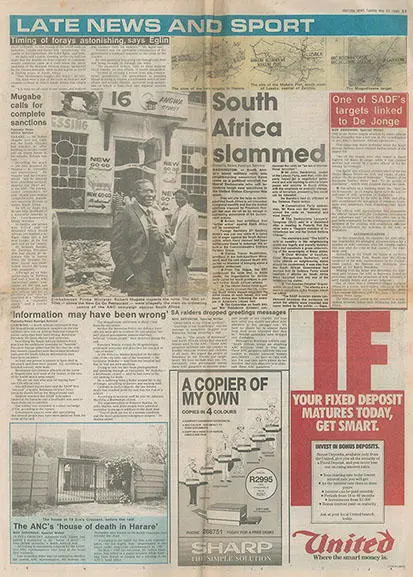


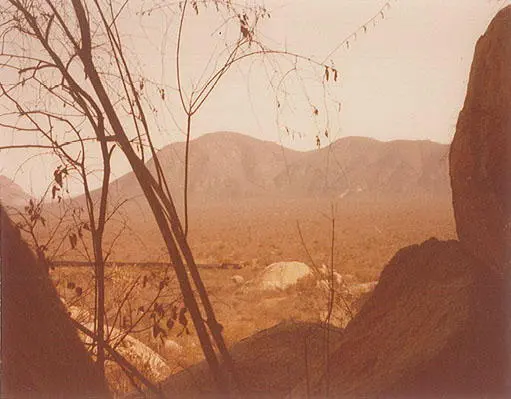
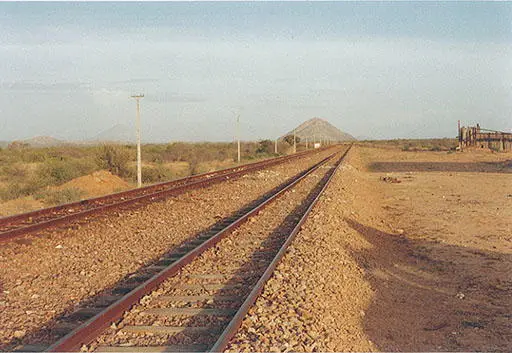
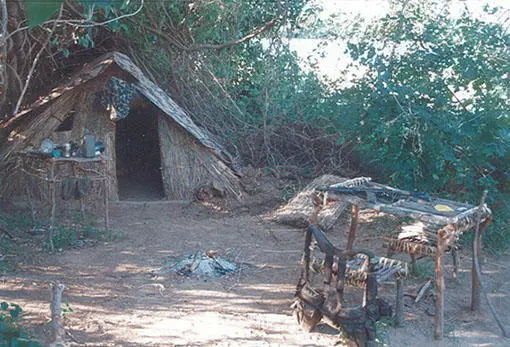

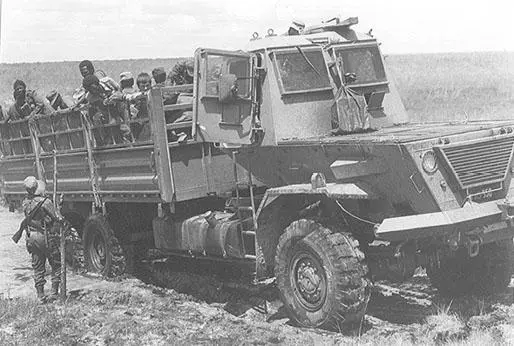
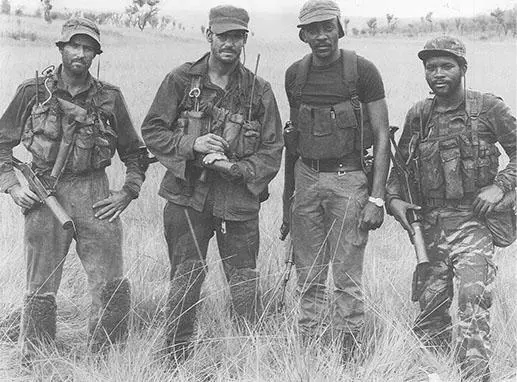
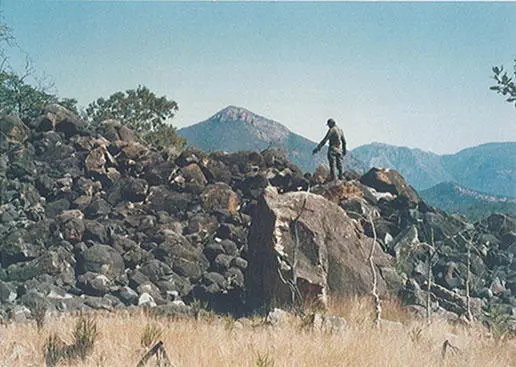
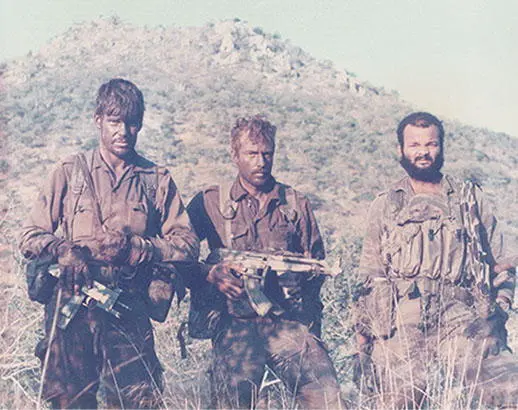
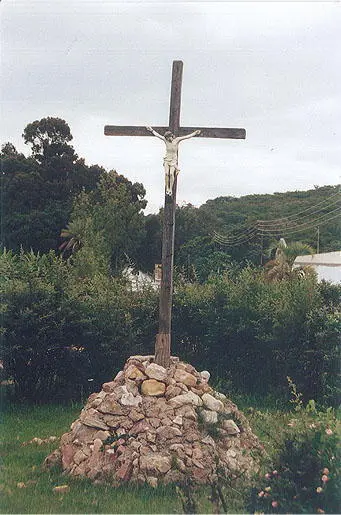
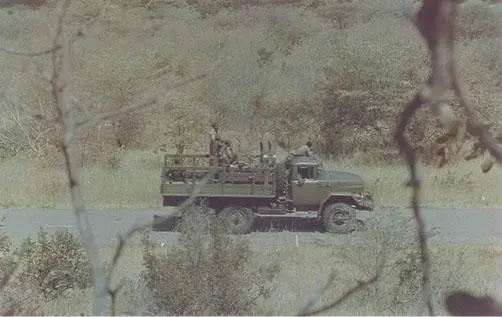
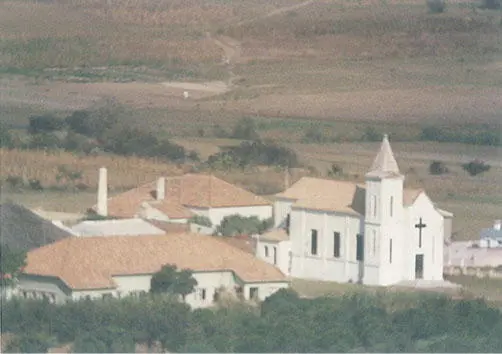

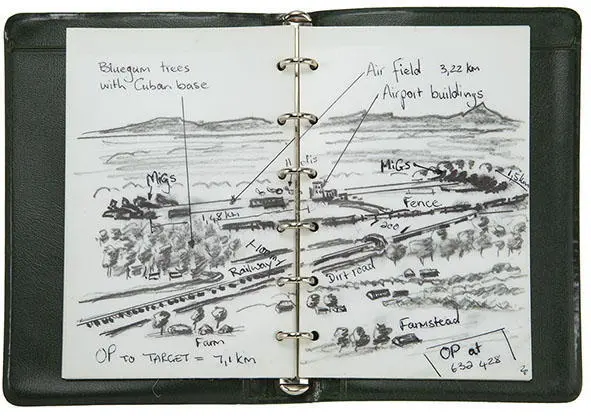
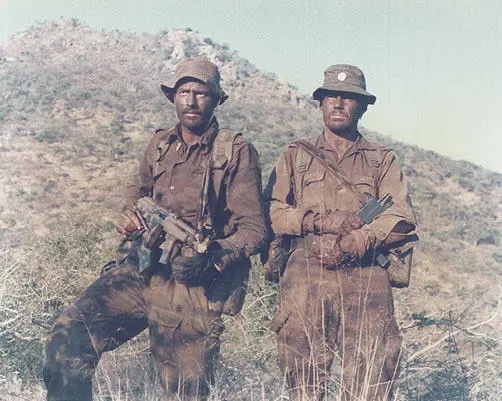
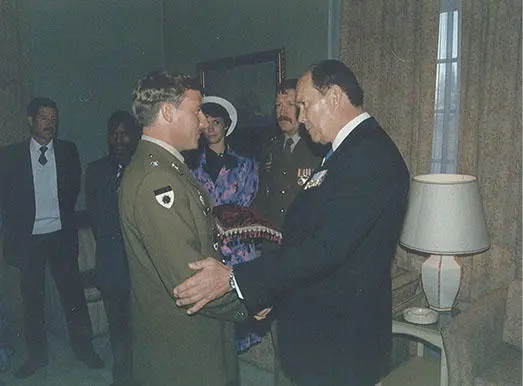
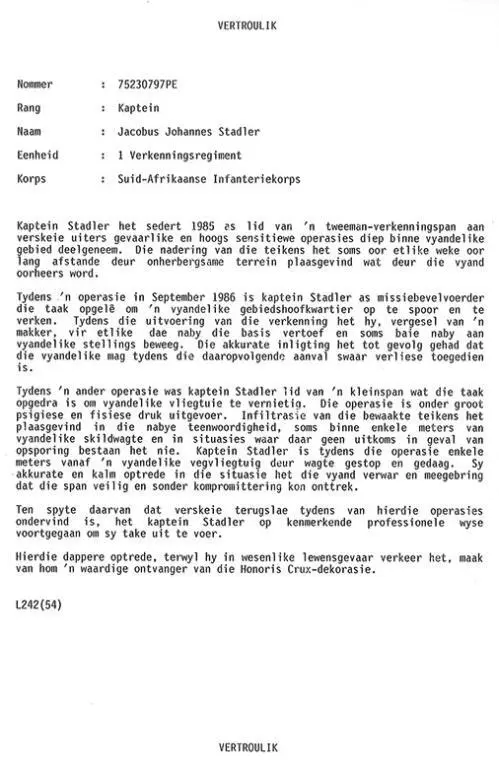
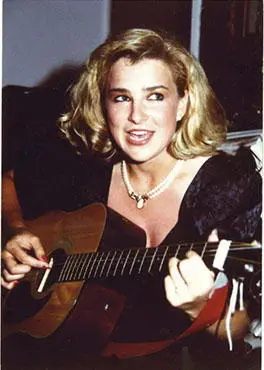
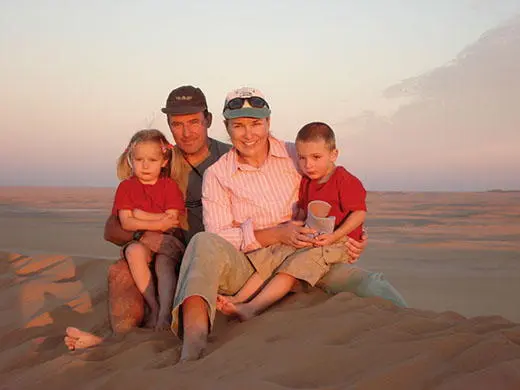


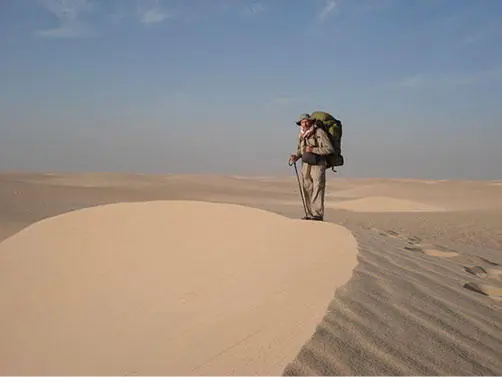
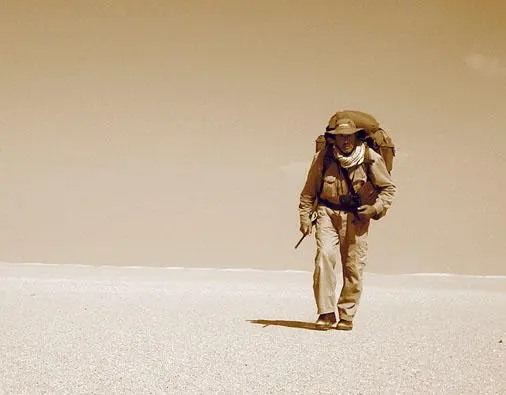
About the Author
Интервал:
Закладка:
Похожие книги на «Recce: Small Team Operations Behind Enemy Lines»
Представляем Вашему вниманию похожие книги на «Recce: Small Team Operations Behind Enemy Lines» списком для выбора. Мы отобрали схожую по названию и смыслу литературу в надежде предоставить читателям больше вариантов отыскать новые, интересные, ещё непрочитанные произведения.
Обсуждение, отзывы о книге «Recce: Small Team Operations Behind Enemy Lines» и просто собственные мнения читателей. Оставьте ваши комментарии, напишите, что Вы думаете о произведении, его смысле или главных героях. Укажите что конкретно понравилось, а что нет, и почему Вы так считаете.
